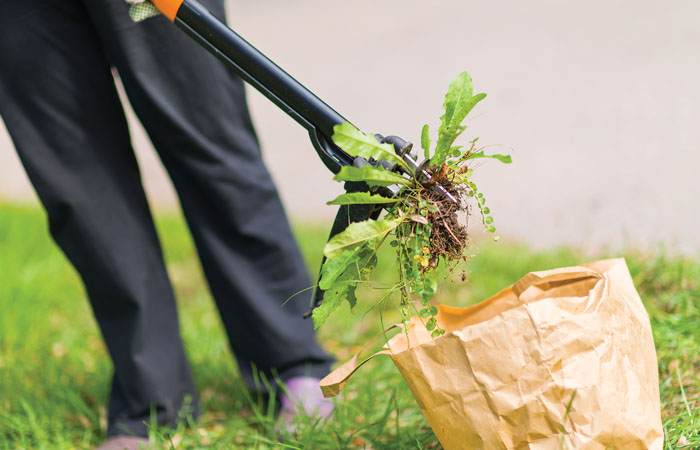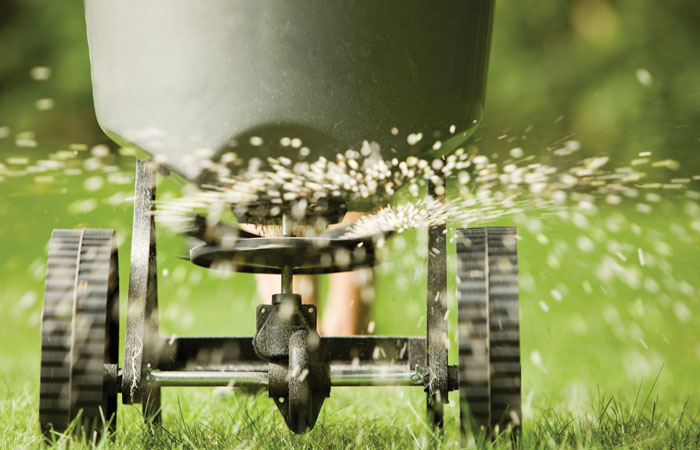Welcome back avid golfers and please note the arrival of the most anticipated month in golf, April 2023 is finally here. Yes, the Masters will officially start on April 6th, the DFW frost date passes on April 20th and we will celebrate Earth Day on Aprill 22. Golf season is here and now is the perfect time to answer the oldest of questions that I hear around the club, “what are my responsibilities as a player regarding my impact on playing conditions?” This question is so important that I brought in some backup to help explain the depths of golf etiquette. Please welcome my co-author this month, the new Director of Golf at TPC Las Colinas, James Williams Jr., PGA. After much discussion, years of experience and deep reflection James and I have found five important areas of etiquette that can have great impact on the playability and protection of the course. We will give you the tools and golf course operator insights to help make the game of golf more enjoyable for you, the club and everyone who plays behind you.
Now on the Tee
We will save general club etiquette (off the course) for another article so we will begin our etiquette for playability with the tee area. The first etiquette opportunity is please do not make unnecessary divots. Practice swings are air only especially if you are waiting to tee off on a par three, remind your entire group on this one as we have seen many practice swing full divots accidentally taken over the years and we always cringe. Another opportunity for player excellence on the teeing ground is to help the maintenance crew mow and maintain a clean tee by picking up all tees on the tee boxes (yours plus any abandoned/broken tees) and discard them in a trash can or the golf cart. This helps keep the grounds looking clutter free and reduces unnecessary damage to the tee mower reels etc. Grip it, rip it, and don’t forget to pick up your tee.

Be Sure to Sand Divots in the Fairways, Tees and Roughs
Please use the sand provided on the golf cart to fill in all divots in the Fairways, Tees, and Roughs. This helps the turf grow back in and prevents other players’ golf balls from landing in a divot. The sand actually speeds the healing of the turf encouraging new shoot growth from the stolons and rhizomes while allowing for a more uniformed playing surface as soon as the sand is applied. Remember the last time you really hit a great drive and it landed in an unfilled divot. Pay it forward and always sand your divots. We have plenty of sand, so as you are filling your divot fill the divot even to the turf line and level it again, looking to fill the void created by the club head. Take extra time on par-3 tees as these take the most traffic and are generally iron shots. Our green committee chairman is famous for carrying extra sand bottles to help serve the membership. Be an example and never finish a round with a full sand bottle.
Rake Bunkers
The maintenance staff will rake the bunkers as part of the ongoing maintenance of the course but after they have moved on to other tasks for the day it becomes the players themselves that must maintain the standard. Please rake all bunkers after you have completed your shot. Smooth all footprints and such and leave the rake on the outside edge of the bunker or as the posted policy of the club dictates. Many clubs have a bunker rake policy as to whether it’s in or out of the bunker or if a marker has been placed in the ground to mark the preferred placement of the bunker rake. When in doubt look at the closest bunker and you will see the pattern. Does anyone remember playing golf just after the Covid – 19 protocols were in place (Summer 2020) with no bunker rakes at all? Those days are fortunately behind us and we now have the responsibility to leave the bunker as playable as possible. It’s 100% the responsibility of the player to rake the bunker back to the posted standard after a shot is played from these beach-like penalty areas. A quick tip from the sand man is to push sand up on steep slopes carefully and always exit on the low side raking your tracks out as you go. We could write another article about the sand art that we find in the bunkers some mornings.
Repair All Ball Marks
Please repair ALL ball marks you see on the green as you walk onto the putting surface. Please use a divot tool or tee to cover up the ball mark with grass from around the edges. Never lift the center of the ball mark up as it damages the roots and will take longer to heal. Many clubs offer complimentary ball mark tools at the tee or in the clubhouse and post signage and/or display videos on how to properly repair a ball mark. If you are playing on Bentgrass greens in the summer be aware that they are generally softer as the moisture management required to keep the cool season grass alive during intense heat often means deeper and more numerous ball marks. Our greens committee once repaired more than 10,000 extra ball marks during the golf season as a committee goal. We dream of a day when there will be no need for repairing anyone else’s ball marks but until then we continue to educate as best we can.

Follow Golf Cart Traffic Rules
The modern golf cart is amazing. Electric with lithium batteries, customized in 1,000 ways and with the club’s fleet carts logging more rounds of golf than ever that creates some issues when it comes to turf damage from cart traffic. Let’s start with the basics, please obey the general golf cart rules of the day, for example please use the 90-degree cart rule, Entry and Exit Stakes, or Cart Path Only (CPO) polices as posted by the club and enforced by the staff. It is an overwhelming consistency that clubs post that carts must remain on the path around all tees and greens and on all par 3 holes. It certainly has been at every club I have served, and yet the traffic wear patterns and personal verifications tell me that many members ignore the rules. This can be extremely damaging to turf especially during the transition months or periods of drought and heat. It is a simple fix though, follow the basic rules, watch out for wet spots, and avoid heavy traffic areas. Stay away from greens and tees with your carts. Watch for the beverage cart and try to pass by in wider areas of the cart path to protect cart path edges. When we call for CPO it is to protect the course’s green assets and ensure your safety. If everyone could see the situation through our eyes you would know that we want the operation back to normal as quickly as possible but not one minute too soon. Help us this golf season by being mindful of when and how you drive on the course.
Thank you for your time and attention.We hope that you play more golf than ever in 2023 and that our tips and insights will be of value to you and the game. We hope to see you on the course soon but until then keep reading Avidgolfer magazine and do not miss the annual May (Best) Flowers column next month.